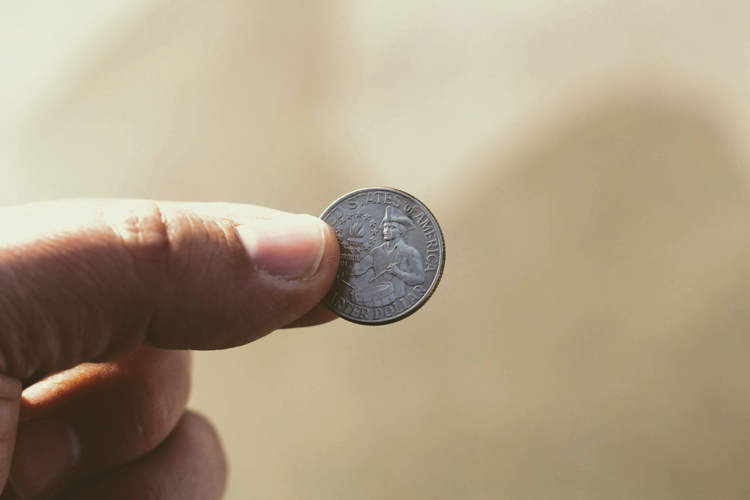On Saturday, May 28th, a team of 11 writers and 111 designers have created the world’s largest comic strip, stretching 1 kilometer along the banks of the Rhone River, in Lyon, France.
Work on the world’s largest comic strip began Friday night, when students from the Emile Cohl Drawing School, in Lyon, were tasked with drawing up the simple but interesting script of the comic on 1-meter-long sheets of paper. They were coordinated by their teachers, while another 50 students handled the logistics of the project. It all had to be done in 24 hours to count as a valid Guinness Record and everyone involved gave it their all. “Initially everybody thought the idea a little crazy, but we did it!” said Mathieu Diez, director of the Lyon Comic Festival.
The black and white comic didn’t contain any words, but the script and graphics were simple and eloquent enough that everyone who saw it understood the story. It tells the tale of a shaggy Tarzan-like character, with a passion for drawing, who discovers the ways humanity has invented to represent itself (painting, sketching, etc.). 1,000 meter-long sheets of paper, weighing 800 kilograms, and 250 markers were used to create the 1-km-long comic strip. It was installed on the banks of the Rhone River, and passers-by reactions were very positive: “It’s nice to walk while reading. We could go on like this ten kilometers!” a young woman said while her six-year-old daughter was busy checking out the artwork.

Read More »




















